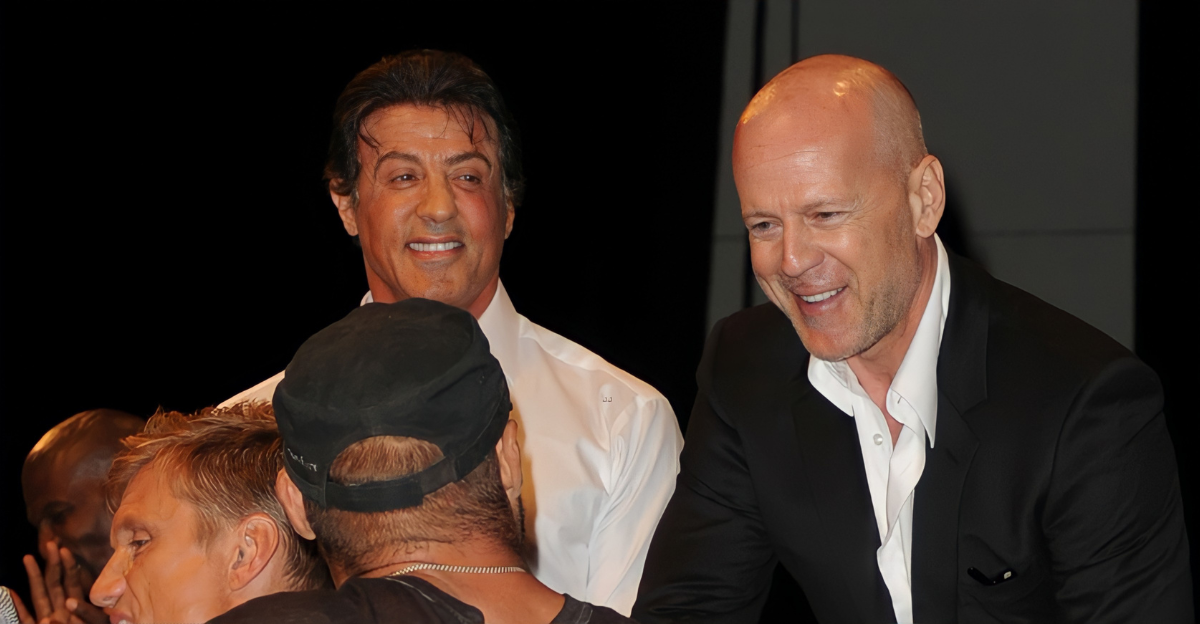
It’s one of the biggest myths in pop culture: that Bruce Willis and Sylvester Stallone launched Planet Hollywood. In reality, they were the glamorous faces of a business created by British entrepreneur Robert Earl and producer Keith Barish in 1991. The stars were endorsers—not founders.
This mix-up shows how powerful celebrity branding can be. Flashy names often steal the spotlight from those who actually built the business.
The Flintstones Gag That Sparked a Dining Empire
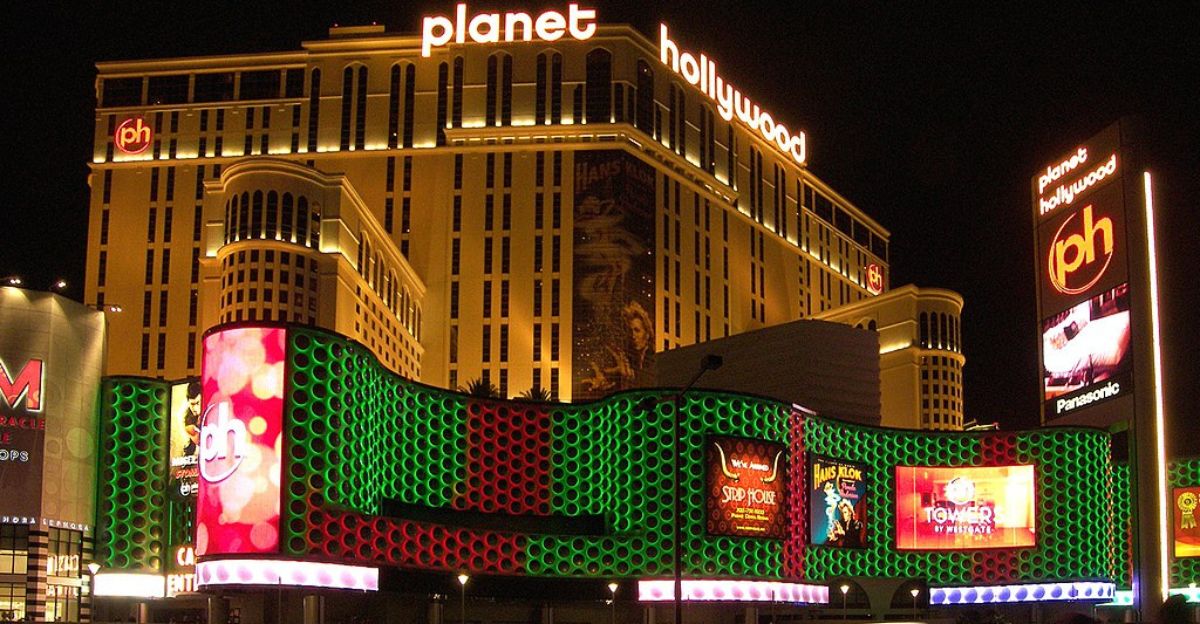
Believe it or not, Planet Hollywood’s origin story begins with a joke from a “Flintstones” script. Production assistant Bryan Kestner imagined a restaurant inspired by a spoof called “Hollyrock.”
He shared the idea with Keith Barish, pitching a place that blended celebrity appeal with movie memorabilia—similar to the Hard Rock Cafe, but pure Hollywood. That casual brainstorm would soon snowball into something much bigger.
Meet the Real Mastermind Behind the Brand
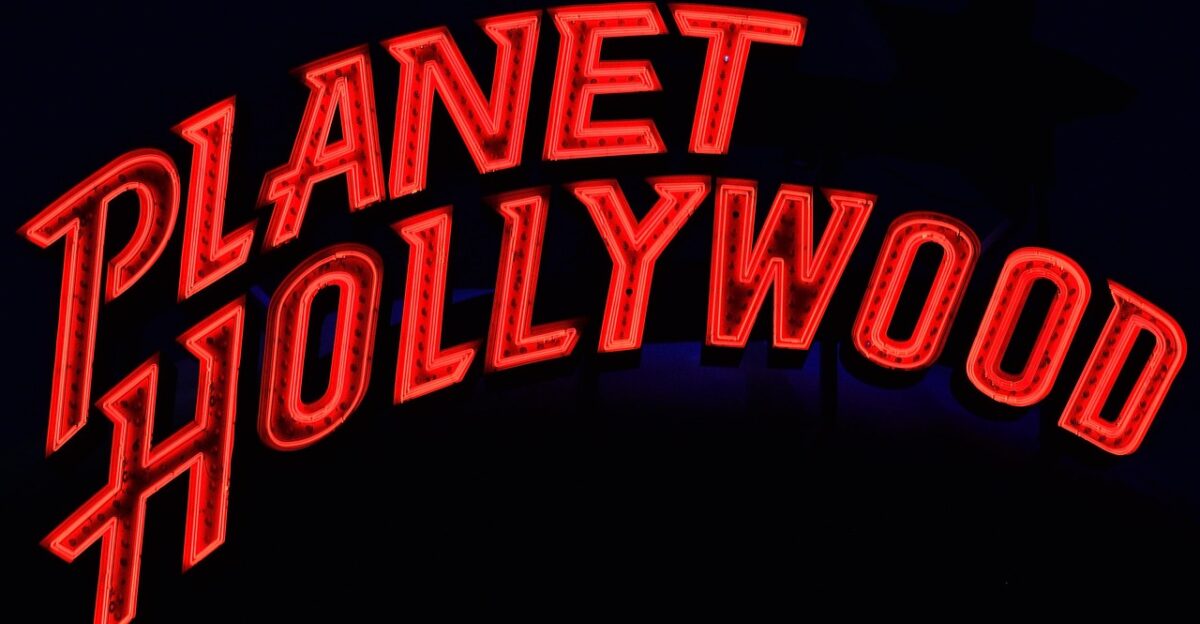
Enter Robert Earl, the man who actually brought Planet Hollywood to life. A veteran of themed dining in the UK, Earl had already expanded the Hard Rock Cafe’s footprint before teaming up with Barish.
In 1991, Earl provided the operational know-how and restaurant savvy to turn the pitch into a functioning brand. The actors brought the spotlight—but he brought the infrastructure.
How Stars Became Stakeholders (Sort Of)
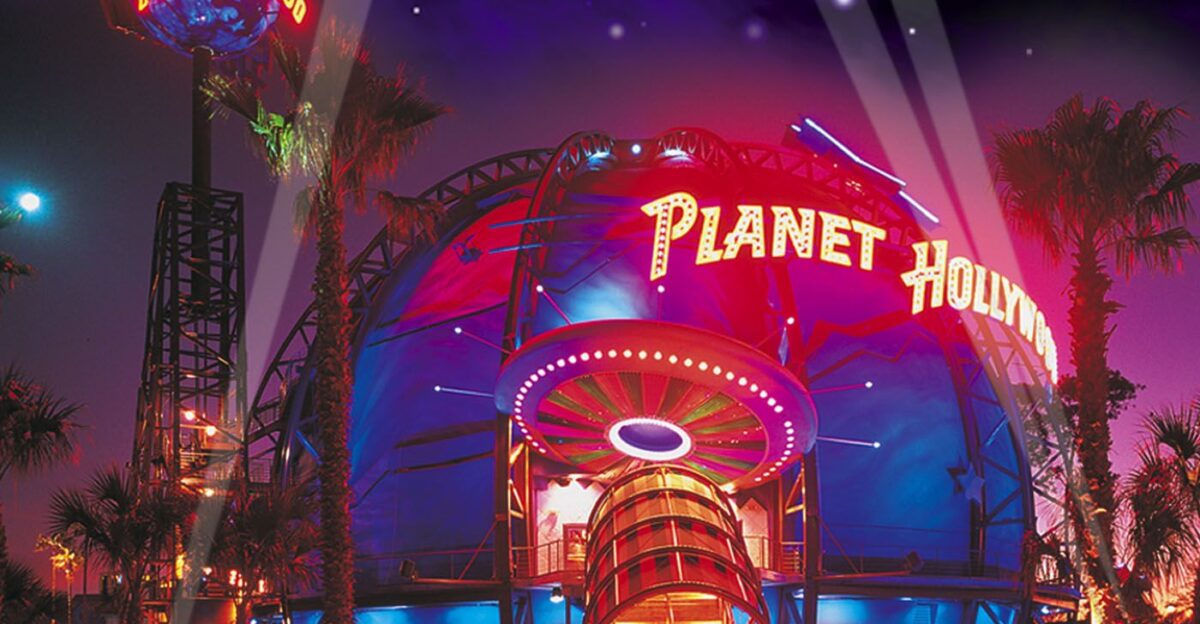
Earl and Barish cooked up a new kind of celebrity partnership. Instead of putting up big money, A-listers got equity shares in exchange for publicity.
This arrangement made it look like actors were calling the shots. But behind the scenes, they were more like hired influencers—with stock options instead of salaries.
What Did the Big Three Actually Do?
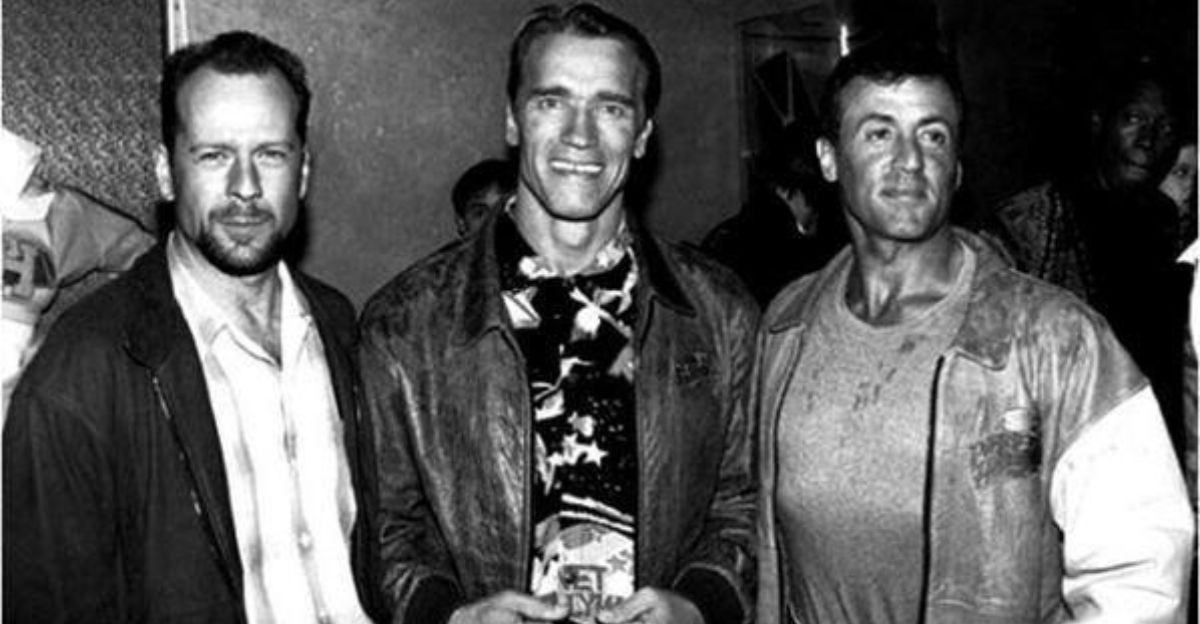
Bruce Willis, Sylvester Stallone, and Arnold Schwarzenegger weren’t founders, but they were key players in the buzz machine. They gave interviews, walked red carpets, and even donated movie props.
At their peak, the trio held roughly 3% of the brand combined—earned through promo work, not investment. That didn’t stop fans from thinking otherwise.
A Red Carpet Like No Other for the First Location
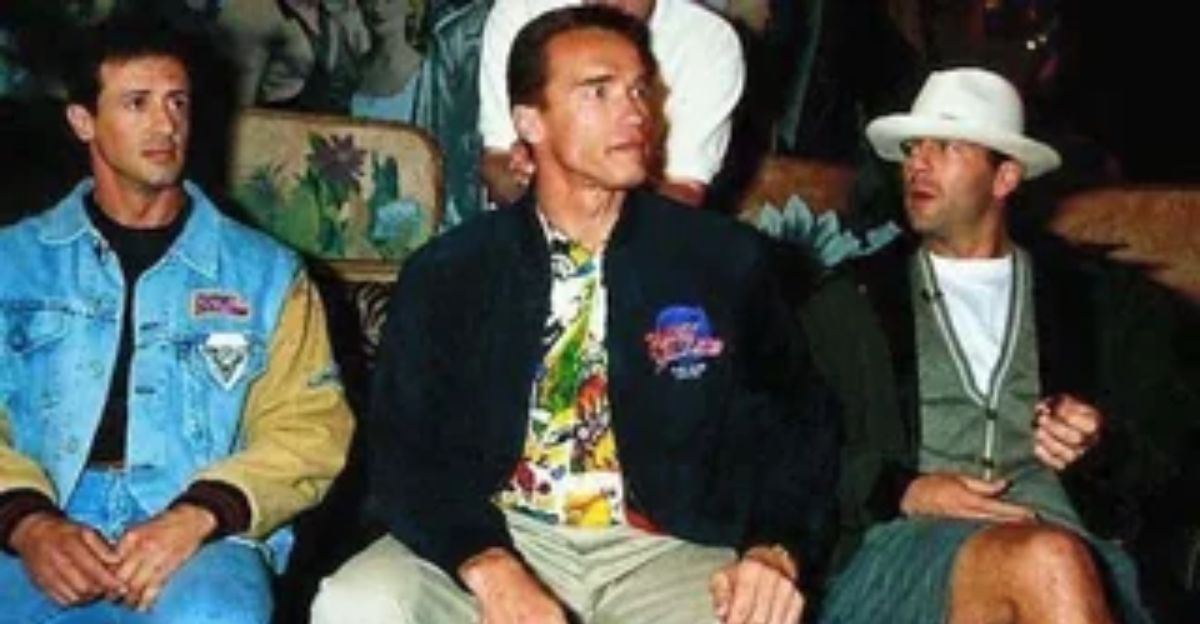
Planet Hollywood opened its first location on October 22, 1991, at West 57th Street in New York. The scene? Pure pandemonium.
Willis, Stallone, and Schwarzenegger turned the launch into a full-on media circus, drawing crowds like a blockbuster premiere. This formula—celebrities + cameras—would be repeated across the globe.
The Star List Kept Getting Longer (and Glitzier)
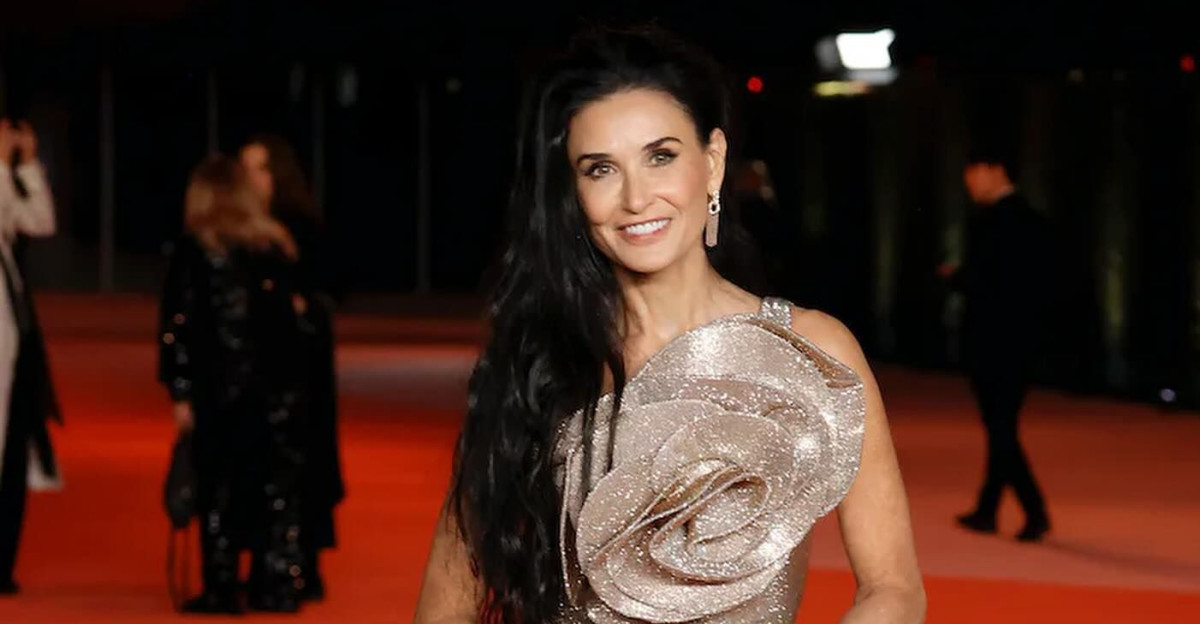
After the New York rollout, even more stars joined the Planet Hollywood fold. Demi Moore, Whoopi Goldberg, Jean-Claude Van Damme, Ringo Starr, and over a dozen others signed on.
These celebrities agreed to promote Planet Hollywood in return for stock options and A-list perks. More stars meant more headlines—and the illusion of massive Hollywood buy-in.
So Who Really Owned the Brand? Not the Stars.
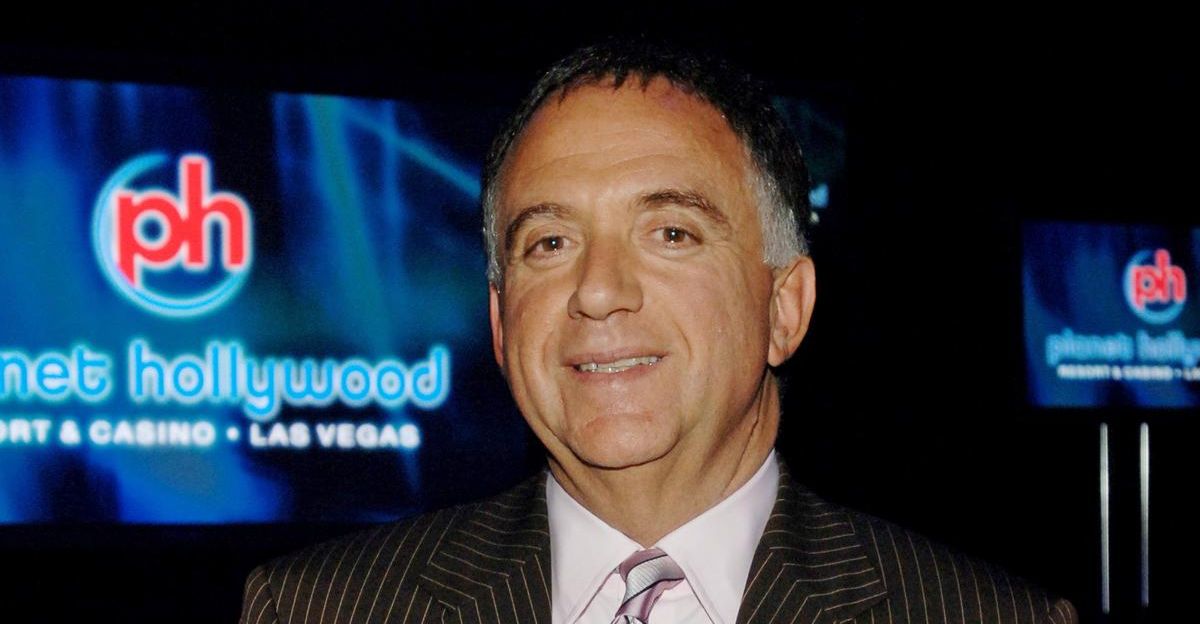
By the time Planet Hollywood filed its 1996 IPO, the truth became clear. Robert Earl and Keith Barish held the majority. Ong Beng Seng controlled another 24.2%.
Meanwhile, all the celebrity partners combined held just a sliver—typically under 3%. They had little to no say in strategy or operations. The brand had always been Earl’s show.
Lights, Camera, Dinner? Turning Meals Into Movie Sets
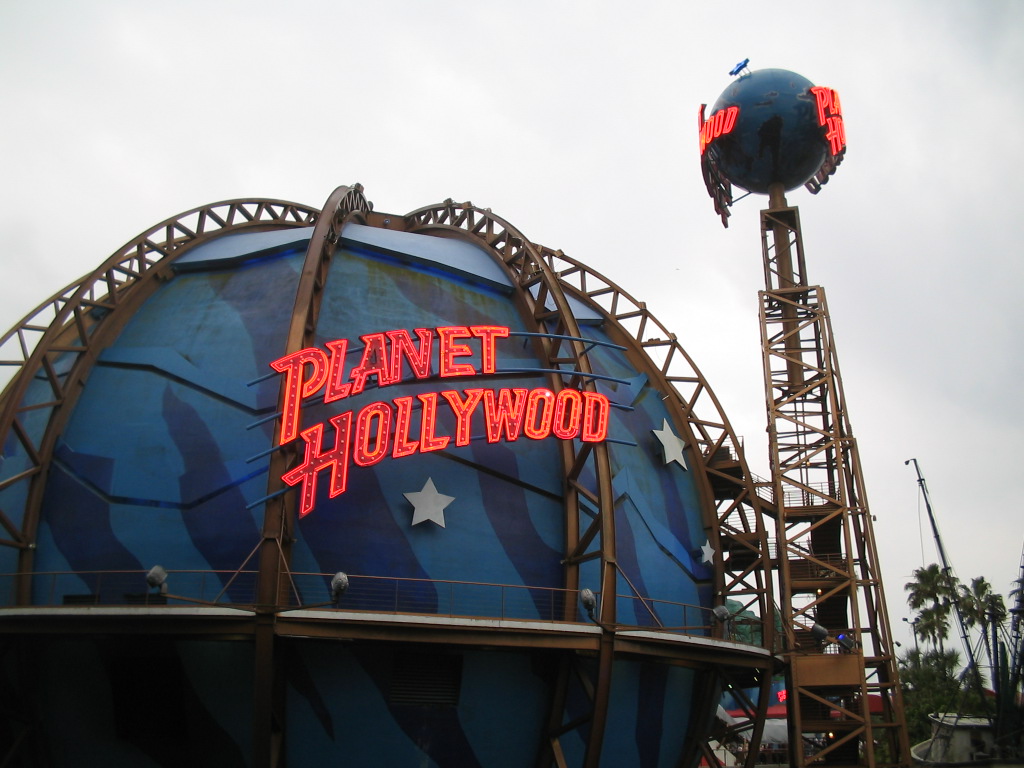
Planet Hollywood wasn’t just about chicken fingers—it was about nostalgia. Each restaurant was packed with authentic props and costumes straight from the movies.
From Rocky’s boxing gloves to the Terminator’s bike, fans could dine under a ceiling of cinematic legend. It turned casual meals into megastar-style experiences.
The ‘90s Boom: Lights Out in Cities Worldwide
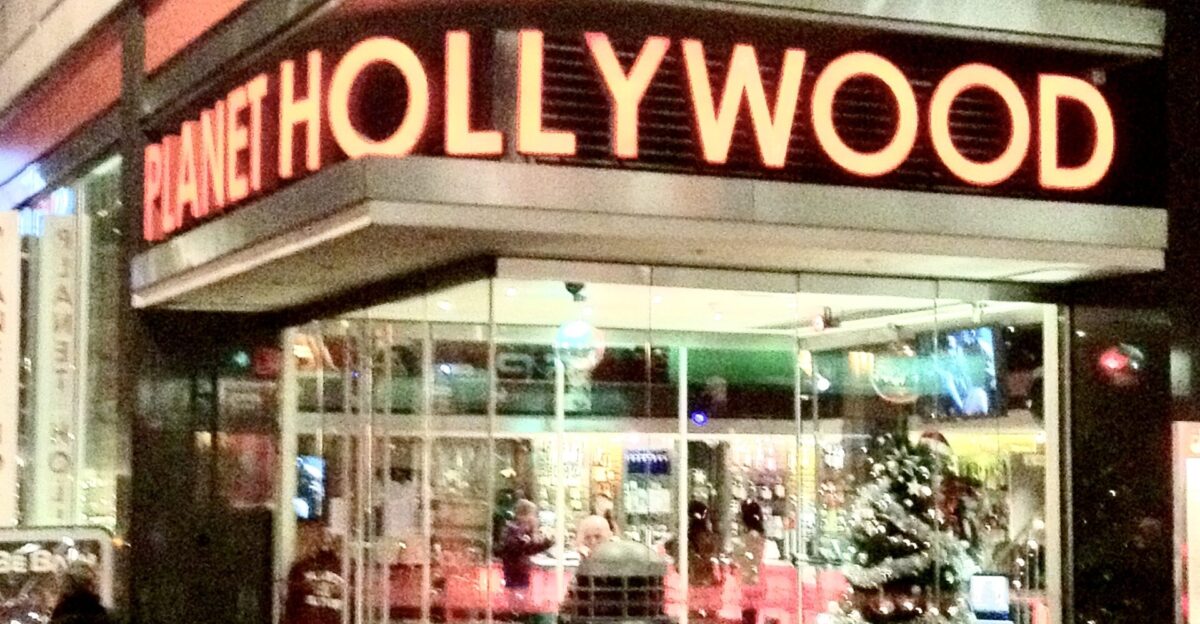
With its recipe of fame and flair, Planet Hollywood quickly multiplied. At its peak, the chain boasted more than 60 global locations, most in entertainment hubs.
Grand openings became media spectacles—especially in celeb-friendly places like Beverly Hills and Vegas. Early locations pulled in strong numbers, riding high on movie magic.
Big Growth, Big Problems: The Bubble Bursts
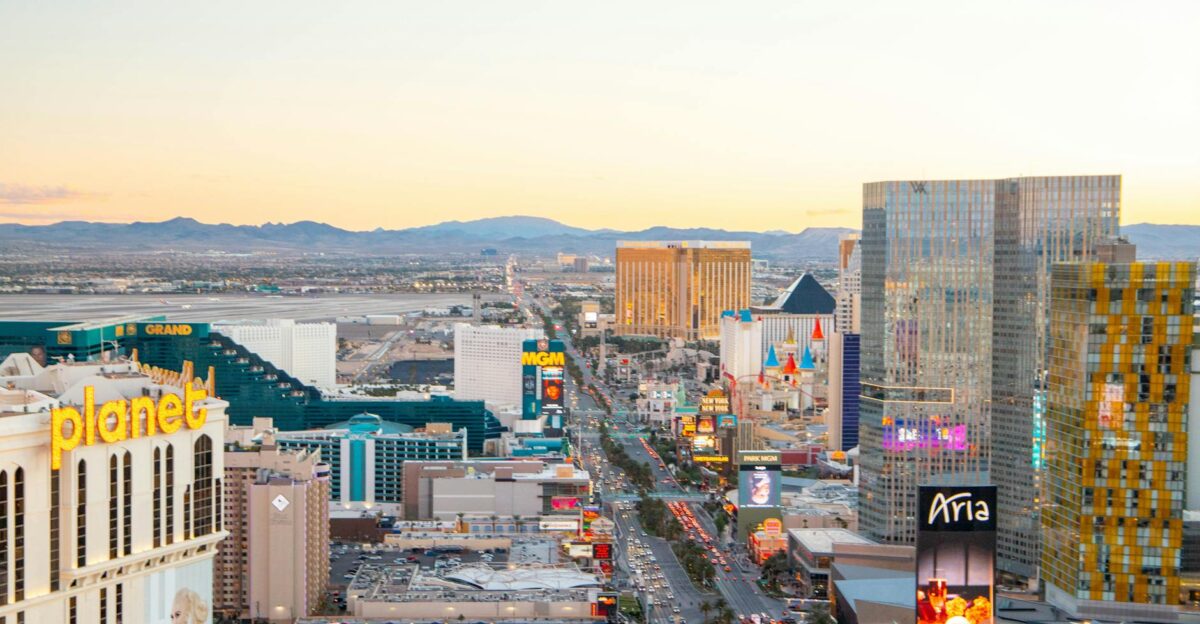
But fame wasn’t enough to keep things afloat. As the chain ballooned, quality and profitability took a hit. Core operations couldn’t keep up.
By October 1999, the company filed for Chapter 11 bankruptcy. Despite early stock success and public interest, nearly $250 million in debt weighed it down.
A $30 Million Lifeline—and a Smaller Footprint
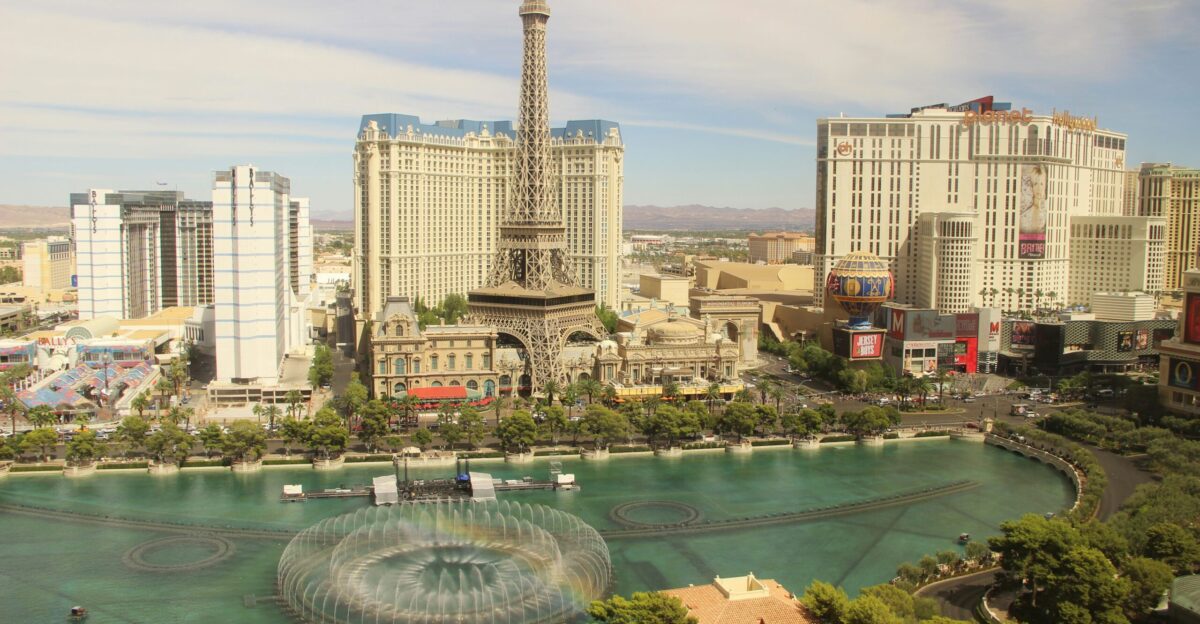
Robert Earl wasn’t ready to let go. He brought in $30 million in new funding from investors like Prince Alwaleed bin Talal and Ong Beng Seng.
The deal cut the chain down to 35 locations and helped it emerge from bankruptcy. Analysts blamed rushed growth and lack of clear concept execution for the crash.
Adapting to Survive in a Post-Buzz World
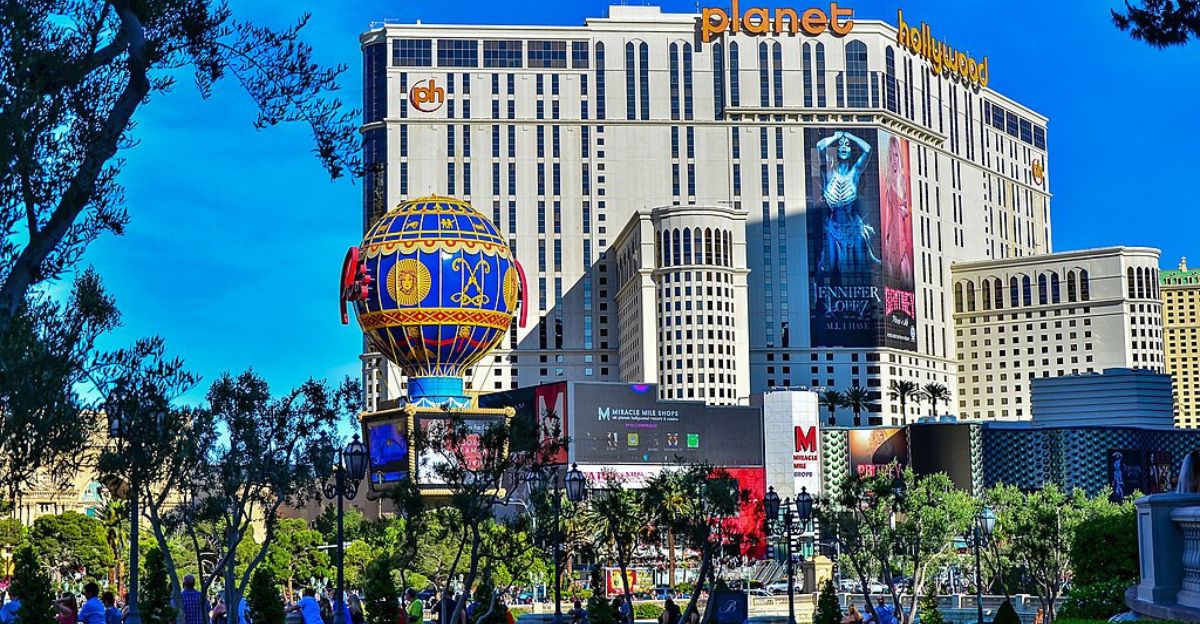
After the collapse, the focus shifted. Planet Hollywood zeroed in on high-tourism areas to ride what remained of its brand appeal.
Non-tourist and suburban restaurants shuttered quickly. Internal forecasts projected recovery wouldn’t arrive before 2004 at best—a humbling reset for a brand once on fire.
The Stars Fade Out of the Picture
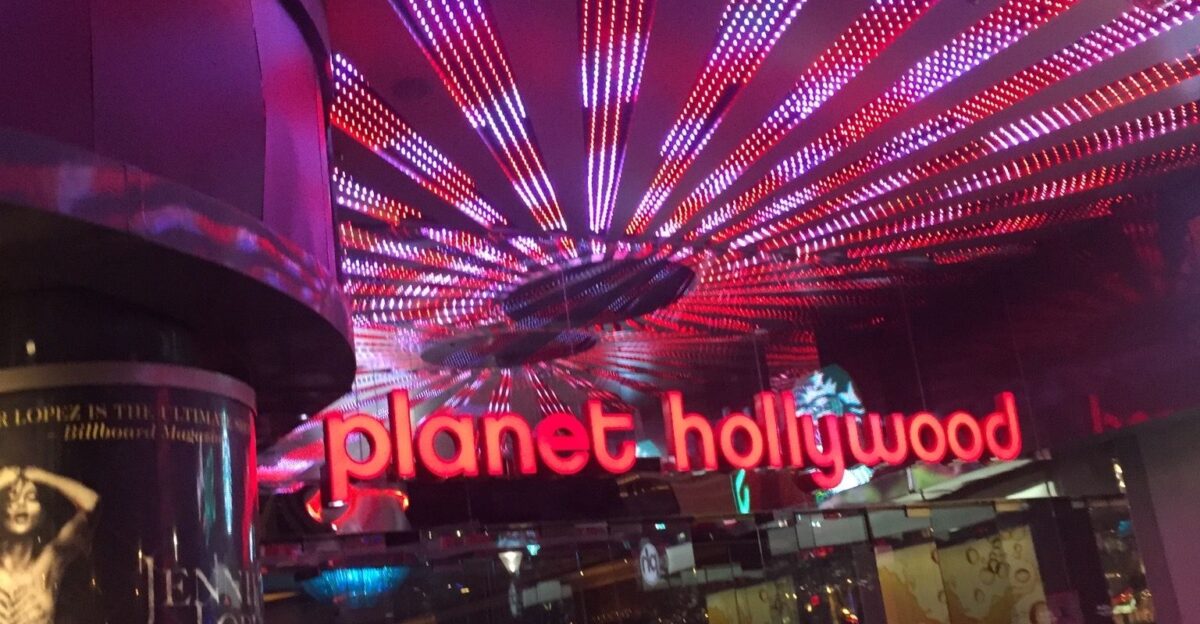
By 2000, the original face trio had faded from the business. Schwarzenegger cashed out, and Willis and Stallone followed.
When Planet Hollywood opened a casino in Las Vegas in 2007, none of them were involved. Still, their names lingered in the brand’s DNA, forever tied to its early fame.
In 2025, the Brand Is a Shadow of Its Former Self
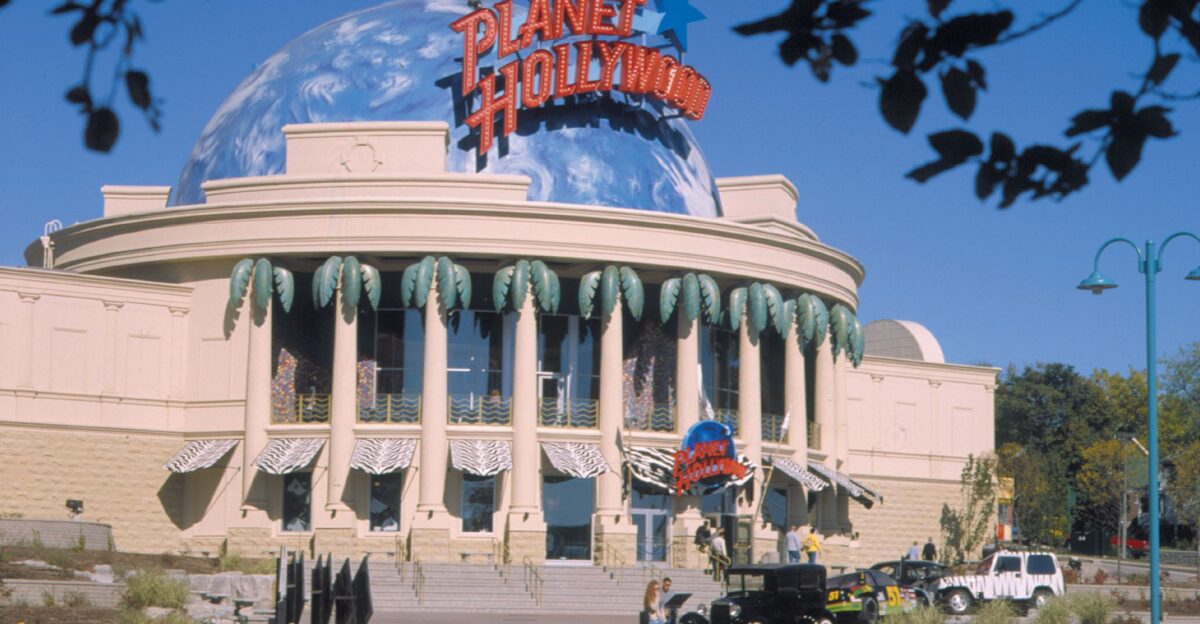
Fast forward to 2025. Planet Hollywood now operates only a handful of restaurants and a few hotels—slimmed down dramatically since the ‘90s.
The survivor locations include staples like Las Vegas and Orlando, where tourist traffic keeps the brand on life support. It’s a scaled-back operation, but it’s still standing.
Auction Block: Hollywood History for Sale
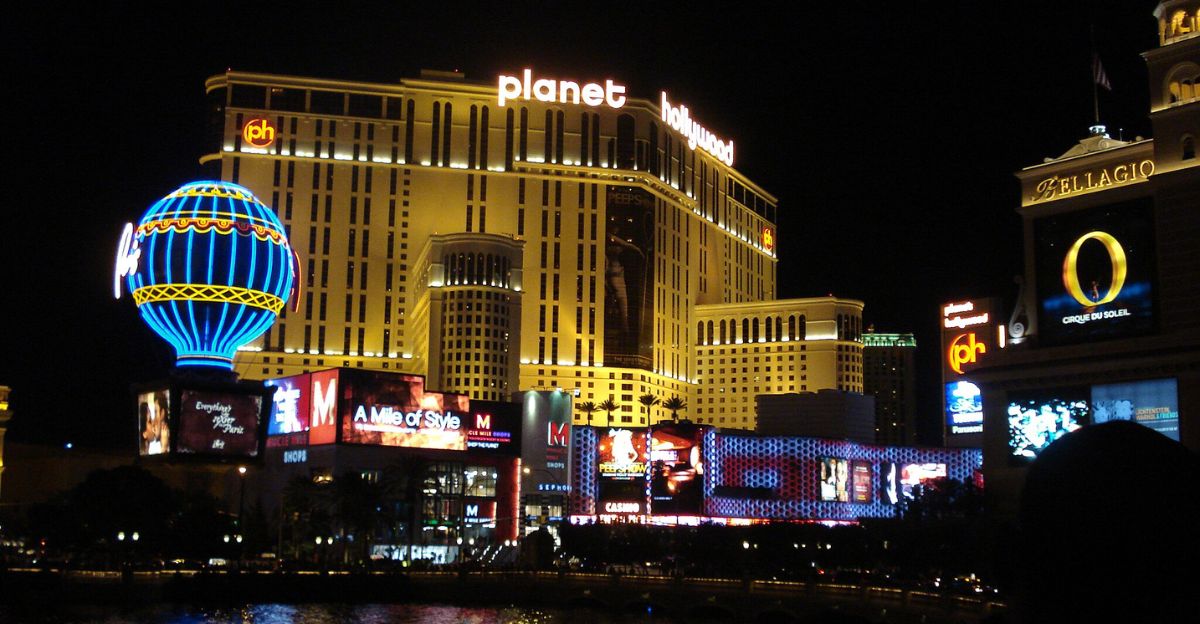
In 2024, Planet Hollywood auctioned off most of its legendary memorabilia collection through Heritage Auctions. Total haul? Over $15.6 million.
Props that once brought diners face-to-face with movie history are now in private hands. The sale marked the end of an era—and the start of a quieter chapter.
A Playbook That Changed Celebrity Branding Forever
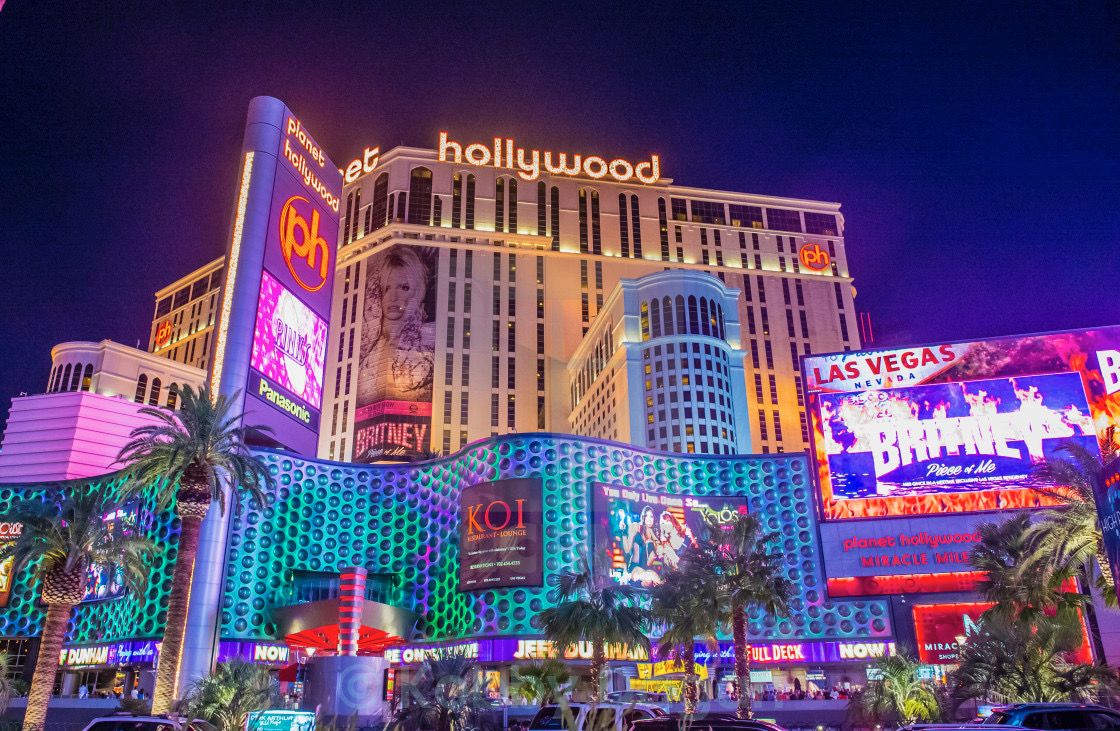
Despite its decline, Planet Hollywood set the template for how celebrities could power consumer brands. Its equity-for-hype model echoed across fashion, food, and film.
The value it generated in media exposure far outpaced what traditional marketing could buy—changing the game for future celebrity-endorsed ventures.
One Big Lesson: Fame Can’t Fix Flaws
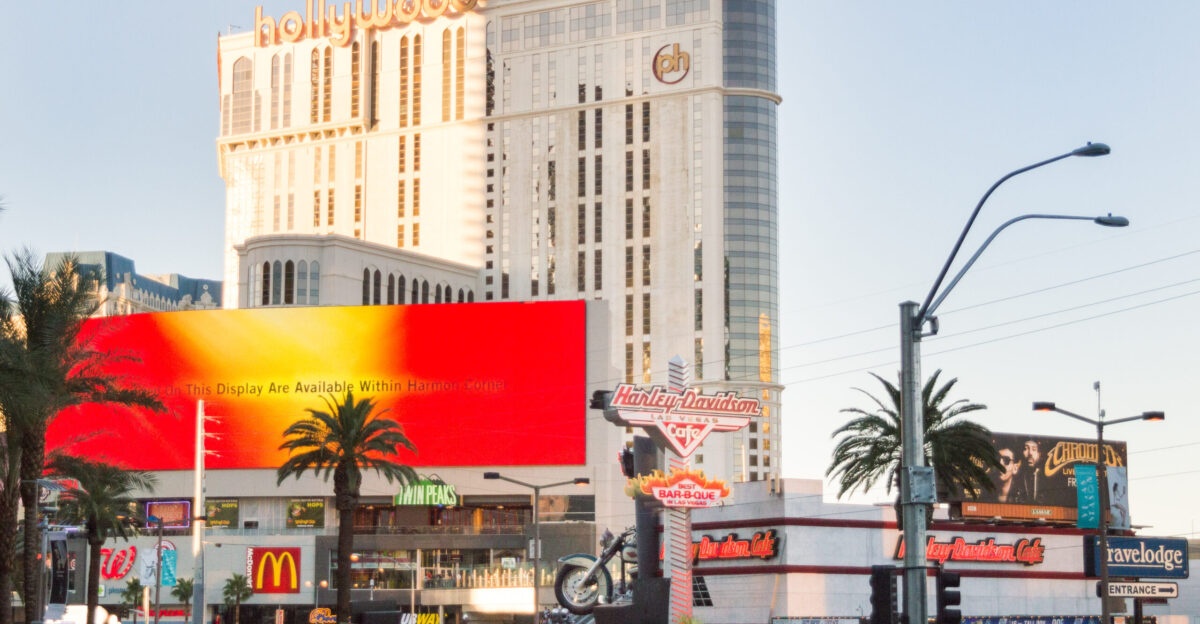
Ultimately, Planet Hollywood proved a hard truth: celebrity buzz can launch a brand but can’t sustain it.
Operational strength, quality, and long-term strategy matter more than star-studded smiles. Even the brightest A-list spotlight can’t fix broken business fundamentals.
Why the Founding Myth Won’t Die
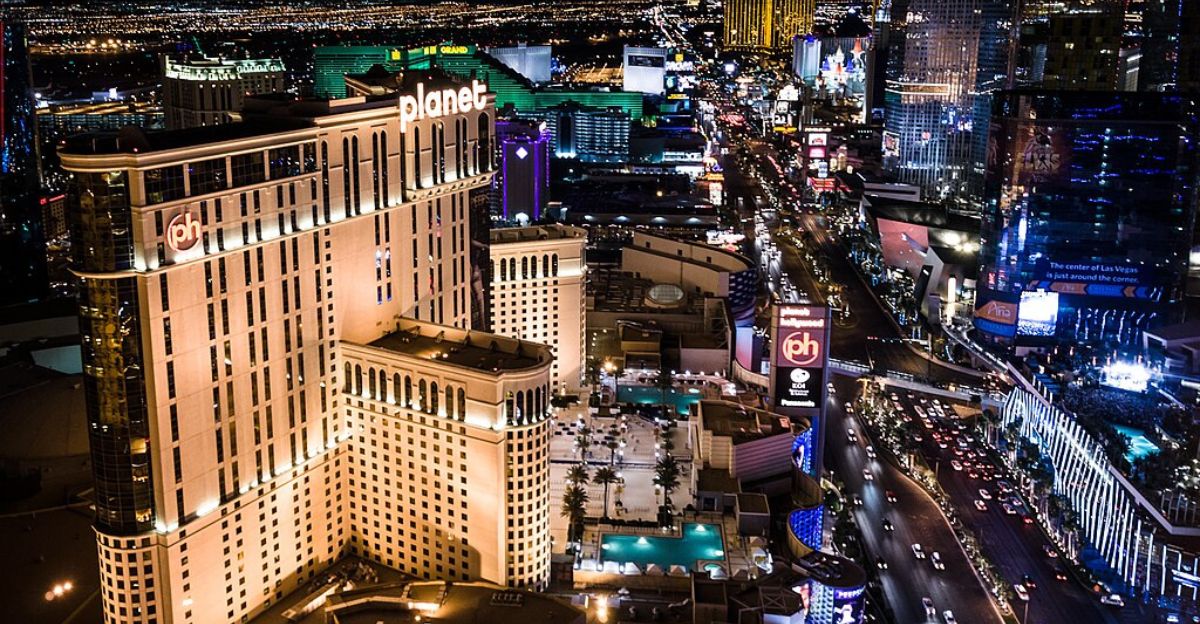
Despite the facts, many still believe Willis and Stallone founded the chain. That’s the staying power of celebrity marketing—it sticks in our memory, however off it may be.
What started as a brand stunt turned into pop culture canon. It’s a powerful reminder that perception often trumps reality in the story of a brand.
When the Myth Becomes the Message
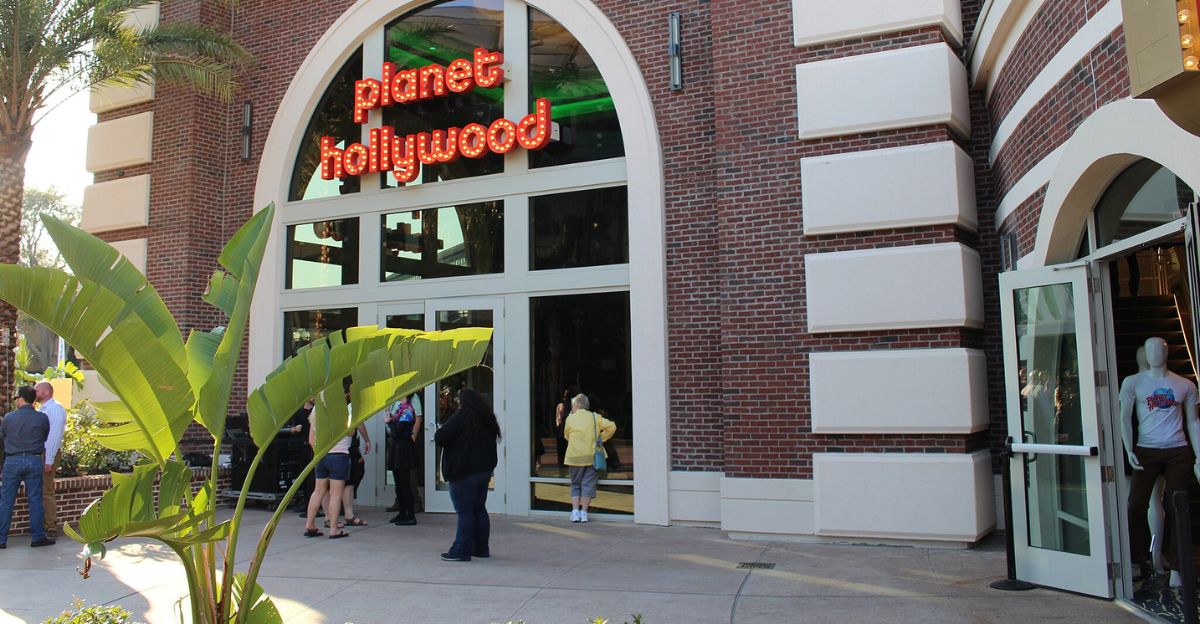
Planet Hollywood remains a landmark case in celebrity branding—equal parts flash and cautionary tale. Its rise and fall still echo through business schools and boardrooms.
What began with movie props and megastars ends as a story of ambition, illusion, and what happens when marketing becomes the message.